By Leah S. Dunaief

However devoutly to be wished, the election results concerning the next President of the United States of America are not yet known. Nor will they be for a good while, it would seem, as the avalanche of mailed ballots needs to be counted and recounted for accuracy. The suspense and anxiety remain.
What can any one of us do?
For starters, we do the obvious. We wait. As adults, we know we don’t always get what we want when we want it, and that goes for the political world as well.
This year, 2020, will be known as the year we all waited. We are waiting for a vaccine to save us from COVID-19 too. But while we are waiting, there is a lot we can do.
First, we can calm ourselves down. It does no good to hurl accusations and invectives at each other for believing differently. We are, for better or worse, all Americans, and we will be moving forward from here. As to how we can calm down, I suggest (and it may seem ironic) that we watch and listen to less news. One or two good and brief news reports a day should do nicely. My own preference is CBS News at the top of the hour on my clock radio first thing in the morning and PBS News Hour or the BBC in the early evening. I stress “early” because I don’t want the news to be the last thing I hear before going to bed.
As for the rest of the day, besides the daily efforts to keep life going — from brushing one’s teeth to doing our best job at work and at home — we can use our energies productively instead of shouting into a void. We can make a big difference on a local level economically and socially. We can donate food, and perhaps even time, if done safely, to local soup kitchens and food banks.
We can also donate unused clothing and even furniture through the offices of local houses of worship. We can spend a little time on the phone, calling those we love who live elsewhere in this large country, and those who live nearby but are elderly and don’t get out much, to keep relationships vibrant and perhaps share a laugh or two. Sometimes people just need to talk with someone who will listen in order to feel better. It is a merciful thing just to be willing to actively listen.
We can shop locally, especially at this holiday time when store owners depend on revenue gained during the last quarter of the year to keep them in business. By and large, those store owners and their employees are also local residents and the first ones to underwrite educational and sporting events for our children and funds for community betterment. If we don’t want to go indoors because of the risk of contagion, we can call in to the store or restaurant and the merchandise or orders will be brought to the curb. Or we can call and ask what precautions are being taken to ensure safety within a store: masks, social distancing, hand sanitizing and so forth to help us decide if we feel safe there. Together we form a tight community and look out for each other.
These are all pretty obvious, but we need to be reminded, especially when there is so much noise abroad. And I will further share with you my personal ways to escape the tumult of our times. Thanks to the marvels of technology, I think of my children and grandchildren as being in the computer room, in a way, where we Zoom with each other regularly.
And I regard my smart TV as a temporary replacement for the plays, musical performances and other cultural events that have of necessity been put on hold.
Netflix and other services allow talented actors to hang out in my family room, available with their performances at the mere flick of a switch. At the moment, I’m watching “Outlander,” a love story couched in time travel. Being transported to a different time can remind us that people have had their challenges whenever they have lived, and by and large survived them.





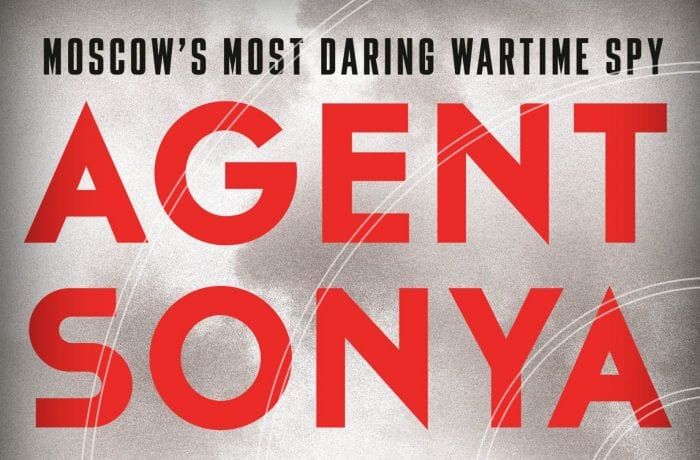
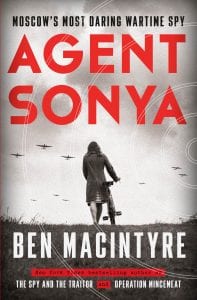 The scene shifts from Chiang Kai-shek’s Nationalists and Mao Zedong’s Communists to Japanese-occupied Manchuria, to the bucolic Cotswolds of England, where she lived during much of WWII as a housewife and mother. In addition to caring for a husband (who was himself a lower level spy with no idea of his wife’s top level position) and two children, she managed spy drops and transmitted coded messages as an expert radio operator and in Morse code, all the while eluding the German, British and American secret services hunting for her. Without ever wearing a military uniform, she held the rank of colonel in the Soviet army. “Domesticity was the perfect cover,” according to reviewer Marton.
The scene shifts from Chiang Kai-shek’s Nationalists and Mao Zedong’s Communists to Japanese-occupied Manchuria, to the bucolic Cotswolds of England, where she lived during much of WWII as a housewife and mother. In addition to caring for a husband (who was himself a lower level spy with no idea of his wife’s top level position) and two children, she managed spy drops and transmitted coded messages as an expert radio operator and in Morse code, all the while eluding the German, British and American secret services hunting for her. Without ever wearing a military uniform, she held the rank of colonel in the Soviet army. “Domesticity was the perfect cover,” according to reviewer Marton.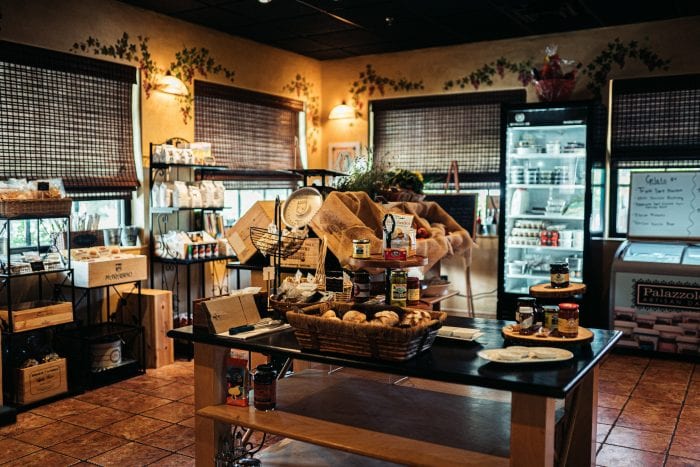
 The other example involves my oldest grandson. He is known to some of you as the filmmaker of the historic “One Life to Give,” telling the story of Nathan Hale, Benjamin Tallmadge and the beginnings of the Revolutionary War Culper Spy Ring that was shown at the Staller Center and is being viewed in school districts.
The other example involves my oldest grandson. He is known to some of you as the filmmaker of the historic “One Life to Give,” telling the story of Nathan Hale, Benjamin Tallmadge and the beginnings of the Revolutionary War Culper Spy Ring that was shown at the Staller Center and is being viewed in school districts. 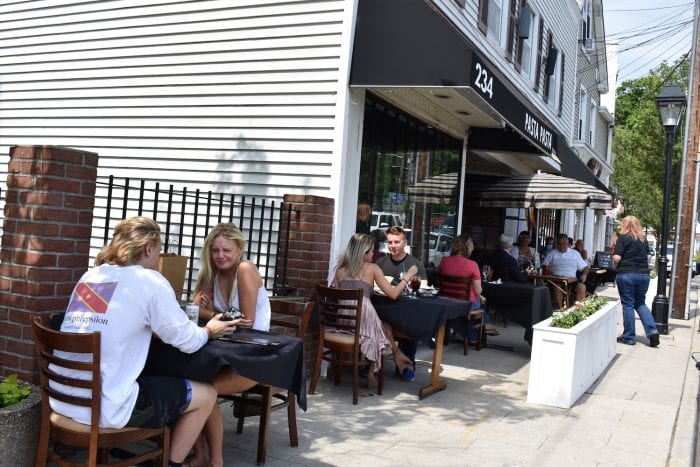
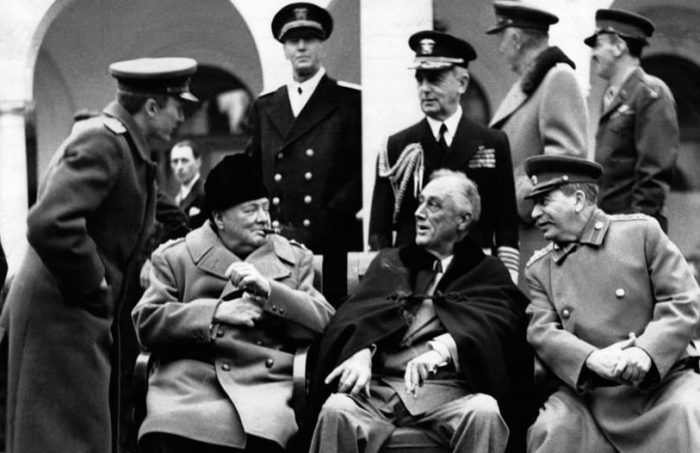
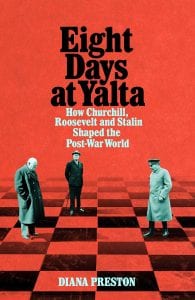 Churchill, 70 and the oldest, was also accompanied by his daughter, Sarah. The two English-speaking leaders, surrounded by heavy security from both countries, then flew on to Saki, in the Crimea, in separate planes. From there, they set out for the milder climate of Yalta in cars, some 90 miles away. The road was so filled with potholes from bombings that one of the Admirals traveling with Roosevelt complained the ride, which lasted for five hours, “was breaking every bone in his body.”
Churchill, 70 and the oldest, was also accompanied by his daughter, Sarah. The two English-speaking leaders, surrounded by heavy security from both countries, then flew on to Saki, in the Crimea, in separate planes. From there, they set out for the milder climate of Yalta in cars, some 90 miles away. The road was so filled with potholes from bombings that one of the Admirals traveling with Roosevelt complained the ride, which lasted for five hours, “was breaking every bone in his body.”




